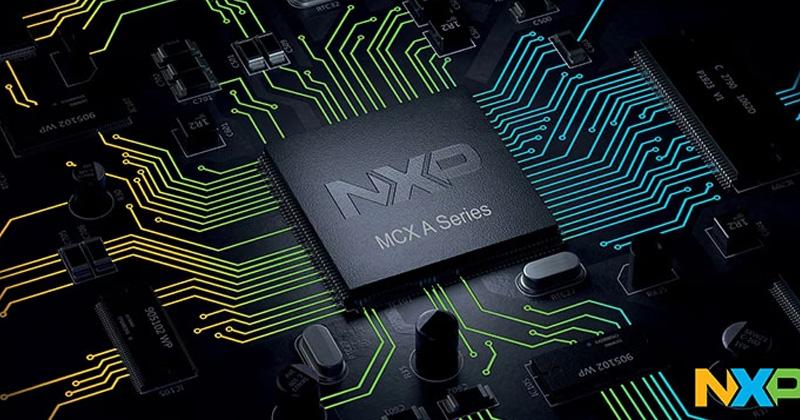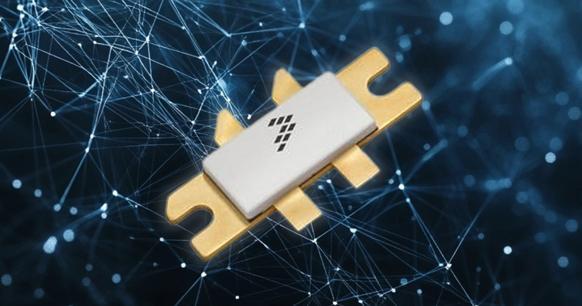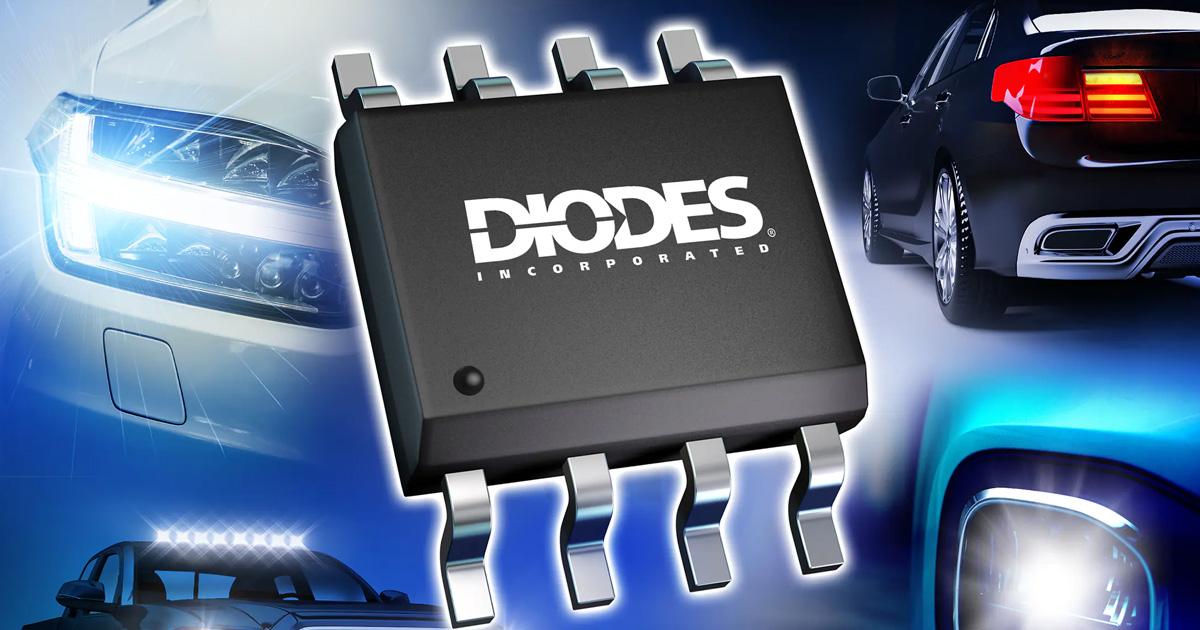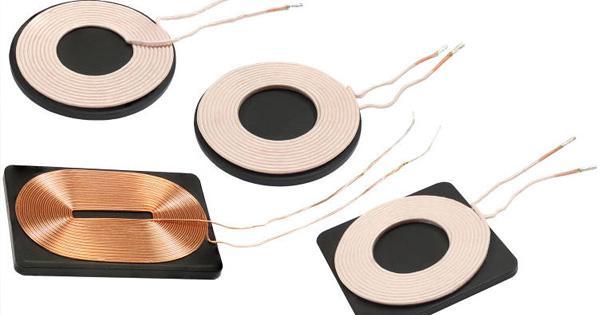
Comprehensive Overview of LTC9101AUF-1#TRPBF PoE PSE Controller by Analog Devices Inc.
Description:
Explore the advanced features and applications of the LTC9101AUF-1#TRPBF PoE PSE Controller by Analog Devices Inc., a cutting-edge solution for Power over Ethernet applications. This detailed product overview delves into its specifications, functionalities, and market relevance, providing insights for professionals in the electronics industry.
ADI's LTC9101-2A and LTC9102 chipset is up to a 48-port power sourcing equipment (PSE) controller designed for use in IEEE 802.3at Type 1 and 2 compliant Power over Ethernet (PoE) systems. The LTC9101-2A and LTC9102 are designed to power 802.3af and 802.3at compliant PDs. These chipsets deliver low industry heat dissipation using low RDS(ON) external MOSFETs and 0.1 Ω sense resistance per power channel. A transformer-isolated communication protocol replaces expensive optocouplers and a complex isolated 3.3 V supply, resulting in significant cost savings in the bill of materials (BOM).
Advanced power management features include per-port 14-bit current/voltage monitoring, programmable current limits, and versatile fast shutdown of preselected ports. PD detection uses a proprietary multipoint detection mechanism, ensuring excellent immunity from false PD identification. One-event and two-event physical classifications are supported. The LTC9101-2A and LTC9102 include an I2C serial interface operable up to 1 MHz. They are pin or I2C programmable to negotiate PD-delivered power up to 25.5 W.
Introduction:
Analog Devices Inc. presents the LTC9101AUF-1#TRPBF PoE PSE Controller, catering to the growing demand for efficient Power over Ethernet solutions in modern electronic devices. With a focus on delivering reliable power and maximizing performance, this controller stands out as a versatile and robust component for various applications in the field.
Features:
1. Active product status ensures ongoing availability and support for integration.
2. 48 channels for versatile power distribution and management capabilities.
3. Maximum power output of 71.3 W for high-performance PoE implementations.
4. Internal switch functionality for enhanced control and power efficiency.
5. Supports IEEE standards including 802.3at (PoE+), 802.3af (PoE), and 802.3bt for broad compatibility.
6. Operating voltage range of 3V to 3.6V, optimizing power supply flexibility.
7. Low current consumption of 11mA for energy-efficient operations.
8. Wide operating temperature range of -40°C to 85°C, ensuring reliability in diverse environments.
9. Surface mount mounting type for convenient installation and space-saving design.
10. 24-WFQFN Exposed Pad package with 24-QFN dimensions (4x4) for ease of integration.
Applications:
The LTC9101AUF-1#TRPBF PoE PSE Controller finds its niche in various applications across industries, including:
1. Power over Ethernet systems in networking and telecommunications infrastructure.
2. Smart building automation for efficient energy management and device connectivity.
3. Industrial automation for powering sensors, actuators, and control systems.
4. Security and surveillance systems utilizing PoE technology for simplified setup and maintenance.
5. IoT devices requiring reliable power delivery and management capabilities.
6. Embedded computing and edge devices for streamlined power solutions.
7. Audiovisual equipment such as IP cameras, intercom systems, and VoIP phones.
8. Automotive applications for powering connected and autonomous vehicle components.
9. Medical devices incorporating PoE functionality for enhanced efficiency.
10. Aerospace and defense systems where robust power solutions are critical for mission success.
Frequently Asked Questions:
1. How does the LTC9101AUF-1#TRPBF PoE PSE Controller benefit PoE applications?
The LTC9101AUF-1#TRPBF PoE PSE Controller offers efficient power delivery and management capabilities, ensuring reliable performance in PoE applications. Its integrated switch functionality enhances control and power efficiency, making it a versatile solution for various PoE implementations.
2. What distinguishes the LTC9101AUF-1#TRPBF from other PoE controllers in the market?
The LTC9101AUF-1#TRPBF stands out for its wide operating temperature range, low current consumption, and support for multiple IEEE standards, including PoE+ and PoE. These features make it a flexible and robust choice for PoE applications, setting it apart from other controllers.
3. Can the LTC9101AUF-1#TRPBF handle power delivery beyond 71.3 W under specific conditions?
While the LTC9101AUF-1#TRPBF is designed for a maximum power output of 71.3 W, it may be possible to optimize conditions or configurations to push the limits slightly. However, it is recommended to adhere to the specified power output for optimal performance and reliability.
4. Does the LTC9101AUF-1#TRPBF support proprietary PoE standards in addition to IEEE 802.3 standards?
The LTC9101AUF-1#TRPBF primarily supports IEEE standards such as 802.3at and 802.3af for PoE applications. While it may be compatible with some proprietary PoE standards, it is advisable to verify compatibility with specific requirements before integration.
5. What are the key considerations when integrating the LTC9101AUF-1#TRPBF into a PoE network?
Important considerations include voltage compatibility, power requirements, network topology, and communication protocols. Ensuring proper integration, adequate power supply, and compliance with standards are essential for seamless operation within a PoE network.
6. How does the internal switch functionality optimize power management in the LTC9101AUF-1#TRPBF?
The internal switch functionality in the LTC9101AUF-1#TRPBF allows for efficient power distribution and control within the device. This helps optimize power management, reduce energy consumption, and enhance overall performance in PoE applications.
7. Are there any specific thermal management recommendations for the LTC9101AUF-1#TRPBF in high-temperature environments?
To ensure optimal performance in high-temperature environments, it is recommended to implement adequate thermal management measures such as proper ventilation, heat sinks, or thermal pads. Monitoring temperature levels and ensuring appropriate cooling can help maintain the LTC9101AUF-1#TRPBF's reliability.
8. Can the LTC9101AUF-1#TRPBF operate in standalone PoE configurations without additional components?
The LTC9101AUF-1#TRPBF is designed to work as a standalone PoE PSE controller, providing comprehensive power management features without the need for additional components. Its integrated capabilities make it a convenient and efficient solution for various PoE applications.
9. What tools or software resources are available for developers working with the LTC9101AUF-1#TRPBF?
Analog Devices Inc. offers a range of resources including datasheets, application notes, evaluation boards, and software tools for developers working with the LTC9101AUF-1#TRPBF. These resources provide guidance, support, and assistance in integrating and utilizing the controller effectively.
10. How does Analog Devices Inc. ensure quality and reliability in its LTC9101AUF-1#TRPBF PoE PSE Controller production process?
Analog Devices Inc. follows stringent quality control measures, compliance standards, and thorough testing procedures to ensure the quality and reliability of the LTC9101AUF-1#TRPBF PoE PSE Controller. From component selection to manufacturing processes, every step is monitored to deliver a premium product to customers.
By blending cutting-edge technology with practical applications, the LTC9101AUF-1#TRPBF PoE PSE Controller embodies Analog Devices Inc.'s commitment to innovation and performance in the power management domain. With its impressive features and versatile capabilities, this controller is poised to revolutionize Power over Ethernet implementations across diverse industries.




